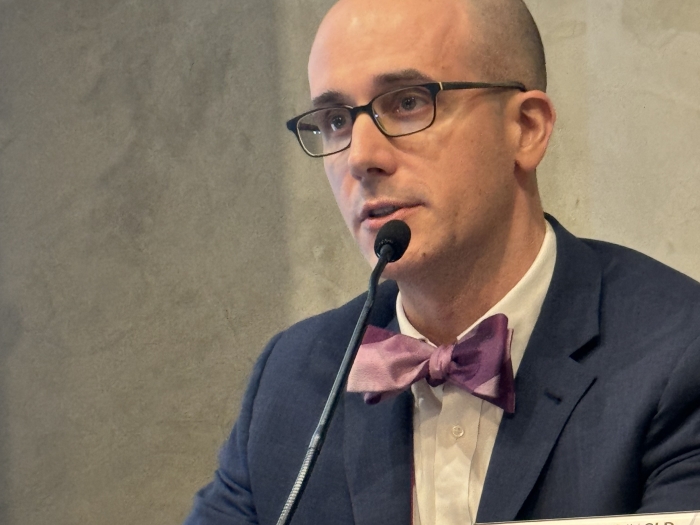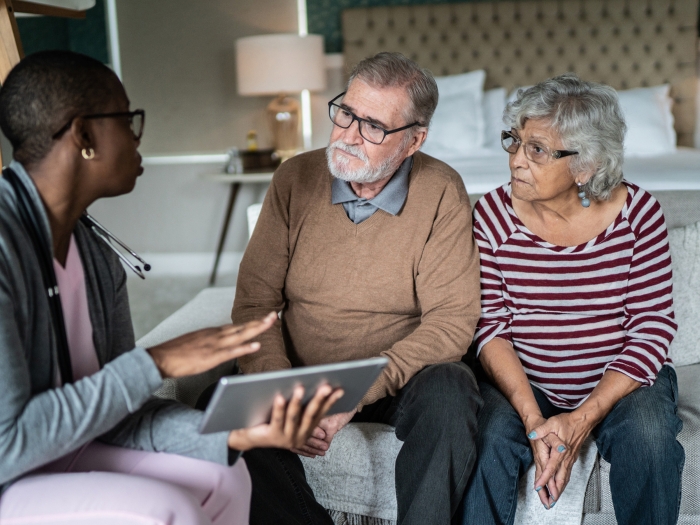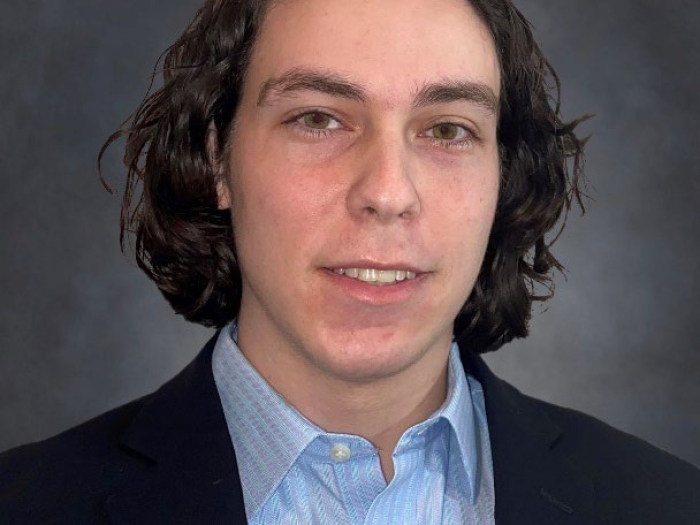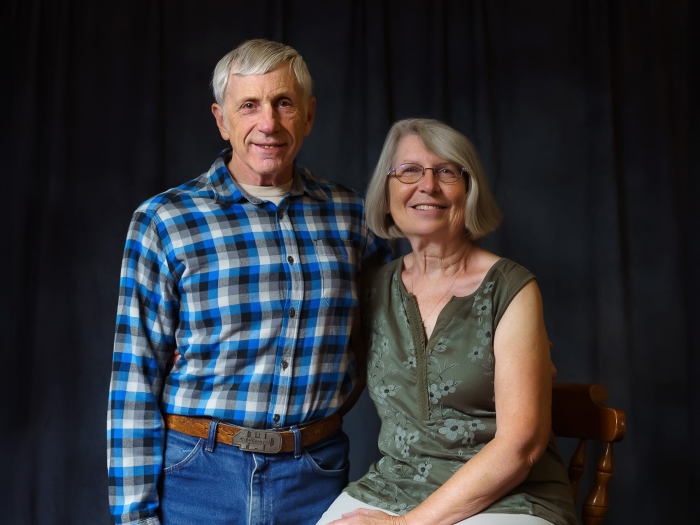Inside every operating room, or at least very nearby, is an appliance that looks like a refrigerator. It does not, however, keep things cold. Instead, it is devoted entirely to keeping things warm; specifically, it keeps blankets warm so that when patients first come back to the OR, or when they are just waking up, they can be wrapped in a warm blanket (or two, or three) so that they are comfortable in the subarctic temperatures that sometimes occur. Today, I got the opportunity to experience the warm blankets for myself. I was watching a laparoscopic operation (read: a procedure performed with instruments on the ends of sticks inserted into an abdomen blown up like a balloon, so that there is no need to really open up a giant incision). One advantage to these is that, during most of the procedure, there is not much for the medical student to do since it is all inside the abdomen and it is all shown on huge TV screens around the OR. There is then no need for the student to scrub, wear a sterile gown and several pairs of gloves, and focus vigorously on contaminating neither her/himself nor the operating field. Instead, the student can stand or sit and watch the TV. In the cold. The cold that is usually mitigated by said gown and gloves, as well as by the lights and the pressure of working not to contaminate anything. I was cold, and while I was lamenting not having grabbed a scrub jacket from the locker room, I saw that one of the nurses had a blanket wrapped around her shoulders. I snuck into the hallway, grabbed a warm blanket, and wrapped it around myself. It was amazing.
It turns out I am not the only one who loves warm blankets. In addition to at least one notable person in my life who extols the virtues of heated mattress pads and heated throws, look who else loves warm blankets. He snuck into the basket while I was turned away to fold a sheet:

As the weather turns toward the chillier, but it's not quite okay to turn on the furnace, consider joining me in front of the blanket warmer, or if you aren't quite ready to invest in one at home yet, in front of the dryer. It's warm.

Department of Communication at Michigan Medicine
Want top health & research news weekly? Sign up for Health Lab’s newsletters today!





